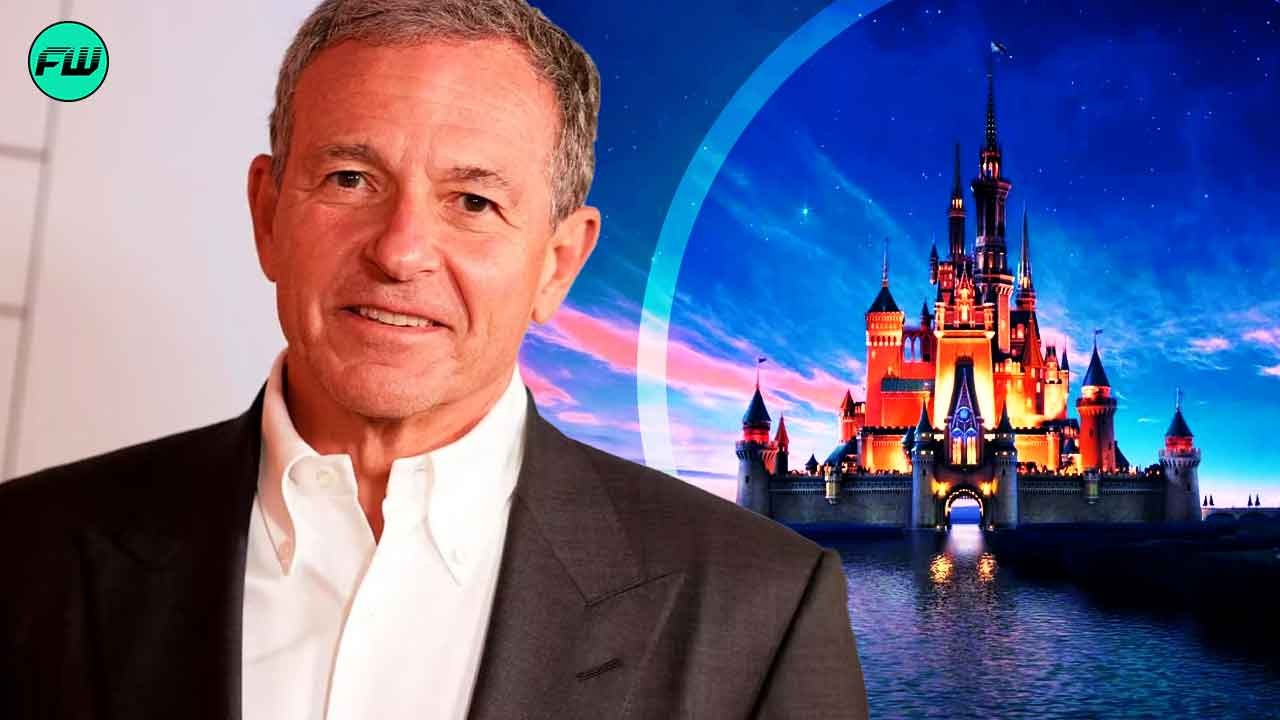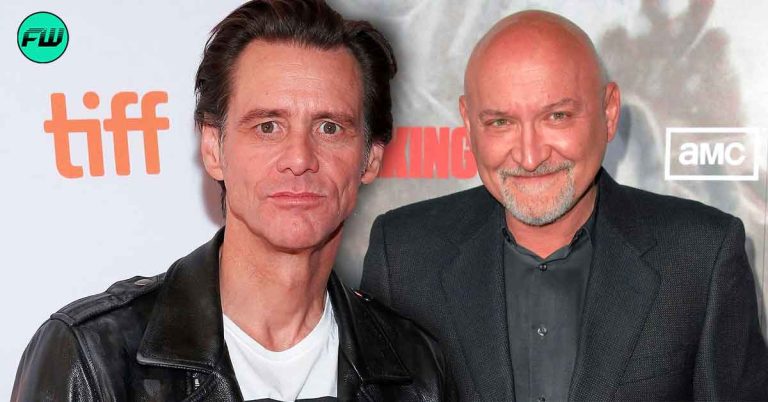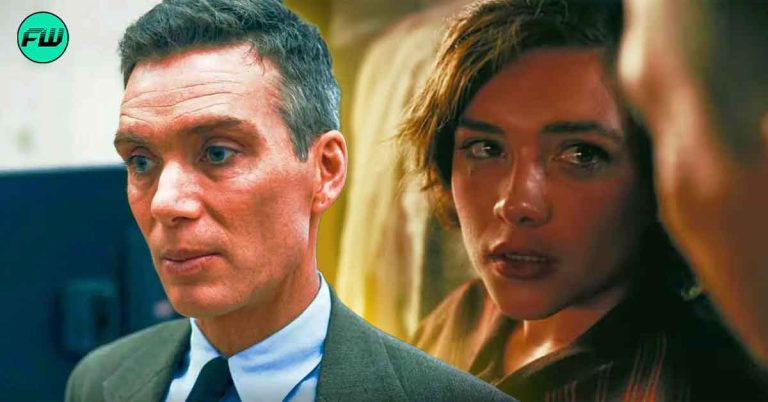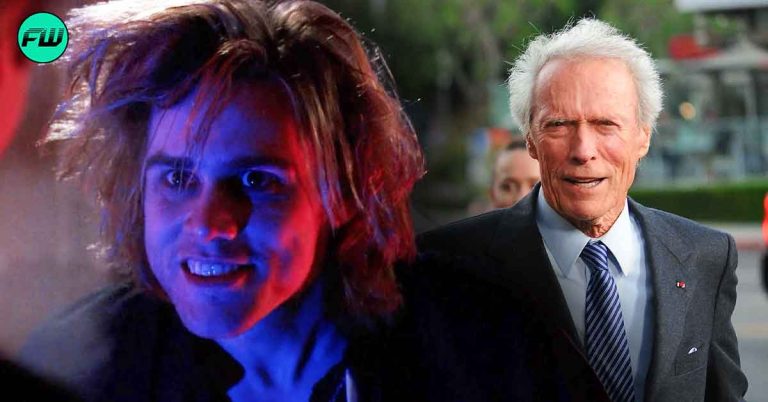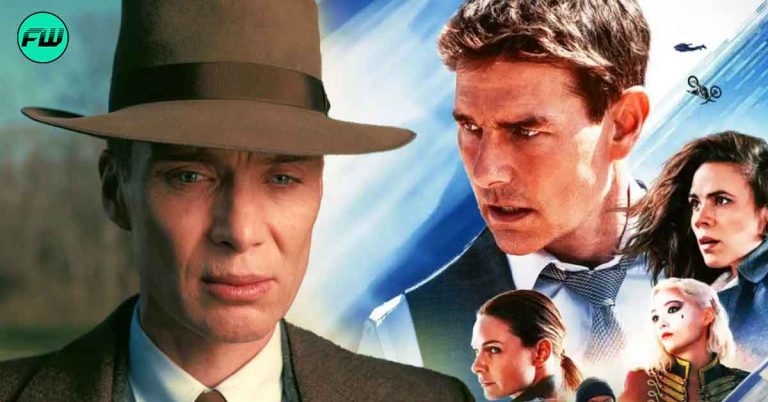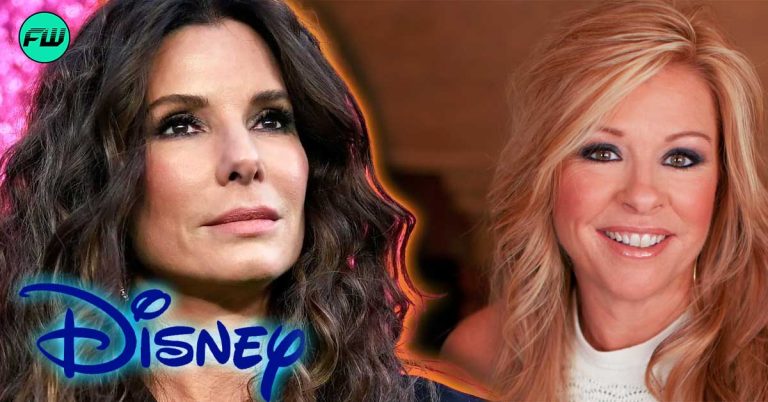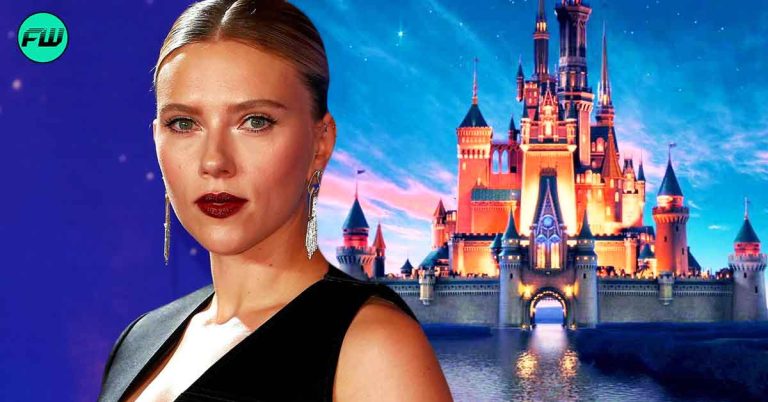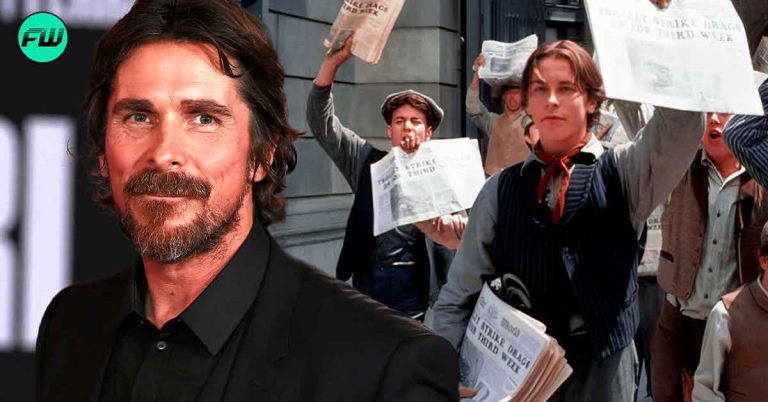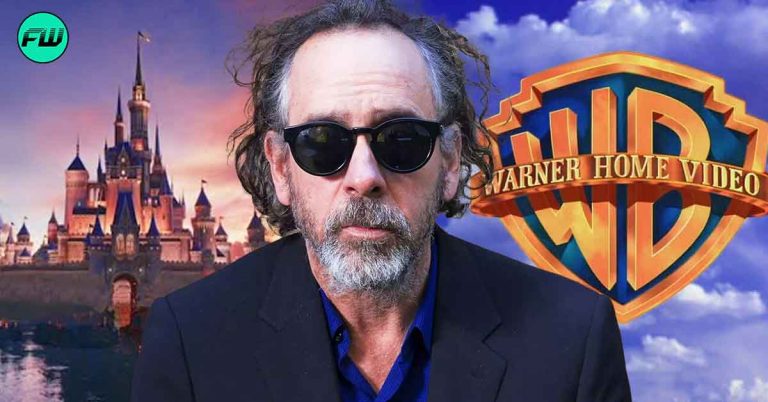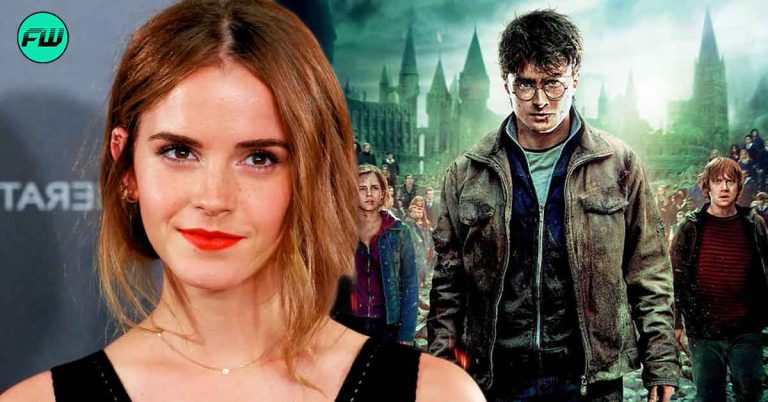The Walt Disney Company’s power shift proves a major game changer within the industry as Bob Iger returns to resume executive control of the company from Bob Chapek less than two years after the former declared his retirement. However, the enormity of the celebration on hand is influenced more by the exit of Chapek than the return of Iger.
As the CEO of the company during one of its most influential and innovative eras, Bob Iger has become a representative of hope for the company employees and their future after the radically experimental and not-so-successful regime of Bob Chapek.
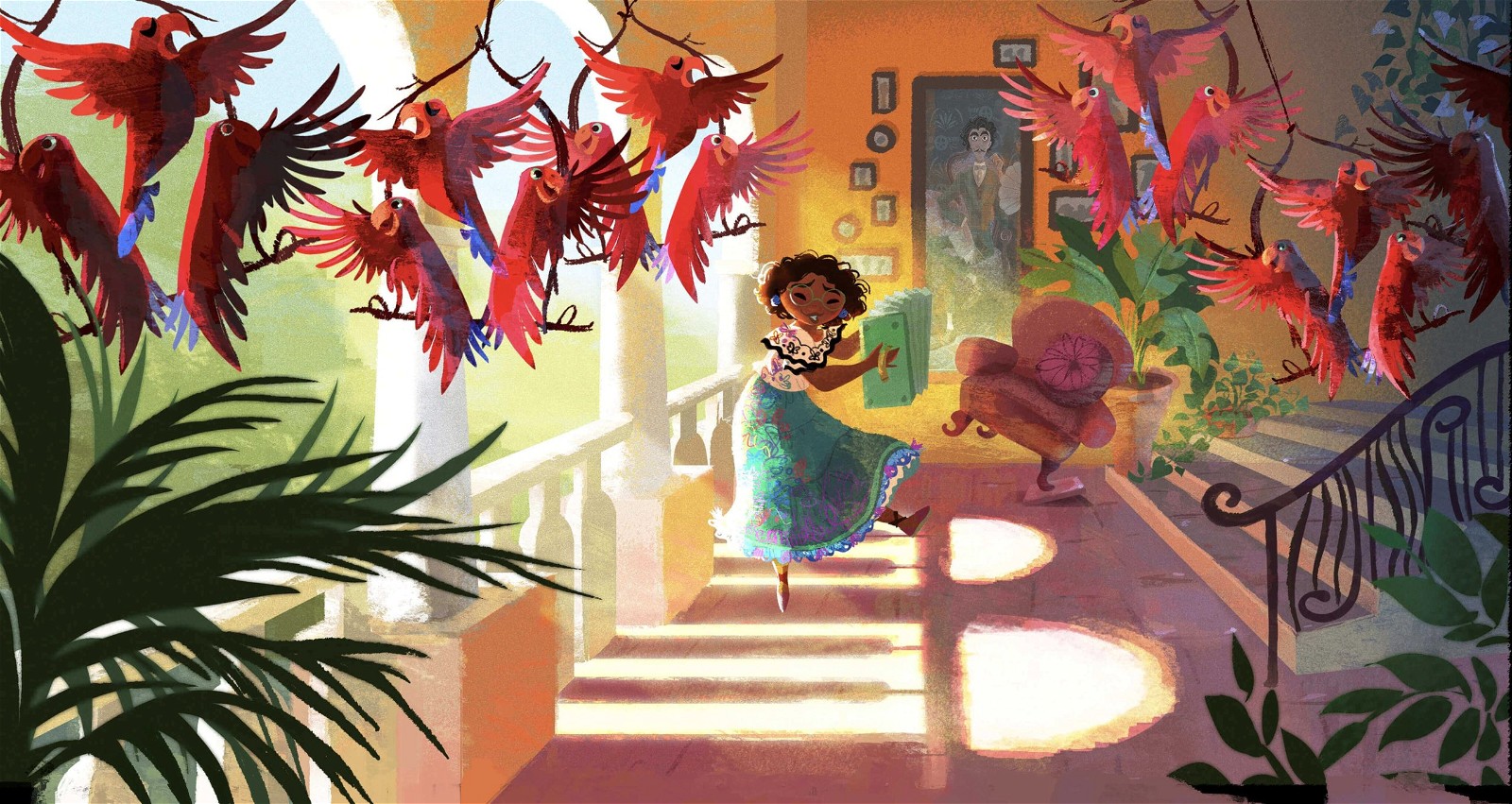
Disney Animation Expert Voices Relief at Bob Chapek’s Exit
Animation is synonymous with The Walt Disney Company and the correlation between the two has made the production house the reputable institution it is today. Just as Marvel does not stray from its CBM canon to portray period dramas, so too does Disney’s future and survival depend on the production and promotion of animation. Even in the midst of the chaotic shifts, the one factor that remains at the center of the company’s recent tumultuous identity has become its only hope and the Twitter activity of one such animation expert, Matt Braly, says as much.
The replacement of the CEO is consequently then followed by an unsurprising turn of events. The employees at Disney Animation Studios have not only been hopeful about the change in regime and Bob Iger’s known preference over focusing on the animation aspect of Disney’s climb to the top but are optimistic that this new and introspective look might finally pay the underrated creatives and artists better than what they are currently given.
Bob Chapek’s approach toward the genre of animation was one marred by bias and expansionist strategies. The former CEO had plans to change the roster of Disney’s animated shows intended for all its fans aged six to sixty (as Walt Disney had himself envisioned for his company and its audience) to a divisive menu that aimed at investing in more adult-centric shows for the parents of the Disney animation kids. The new approach not only then hampers the company’s fundamental IP by shifting away focus toward an entirely new sector of production but also reflects negatively on a CEO who does not uphold the values of his own company and its core ideology.
Bob Iger’s Return Sparks Hope For Disney Animation Revival
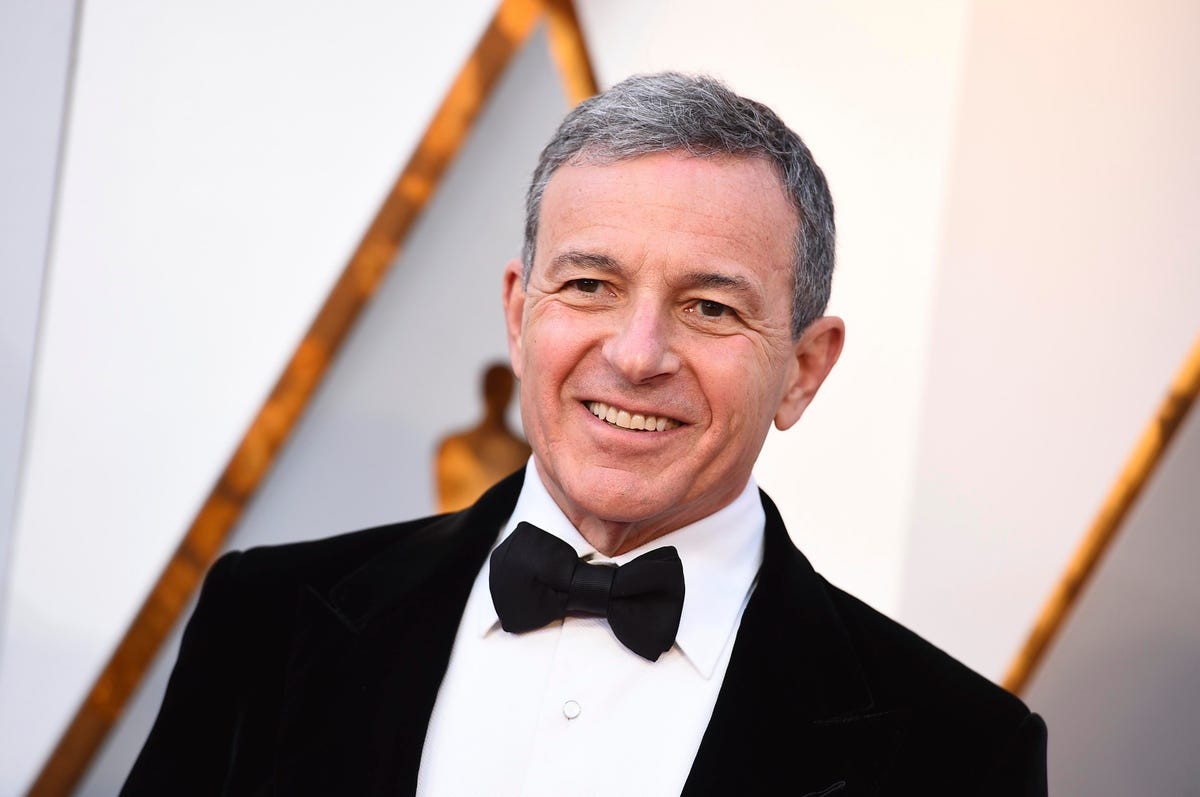
Bob Iger’s innovation kept the company not only from drowning, but rather soared the production house to stratospheric heights in the aftermath of his numerous business-savvy, shrewd, and bold choices. The numerous acquisitions of several billion-dollar franchises under its unified banner do limit the creative authority of each production over its own IP but at the same time, it gives studios like Marvel and 20th Century Fox the platform to work alongside each other in tandem instead of being suffocated by legal constrictions.
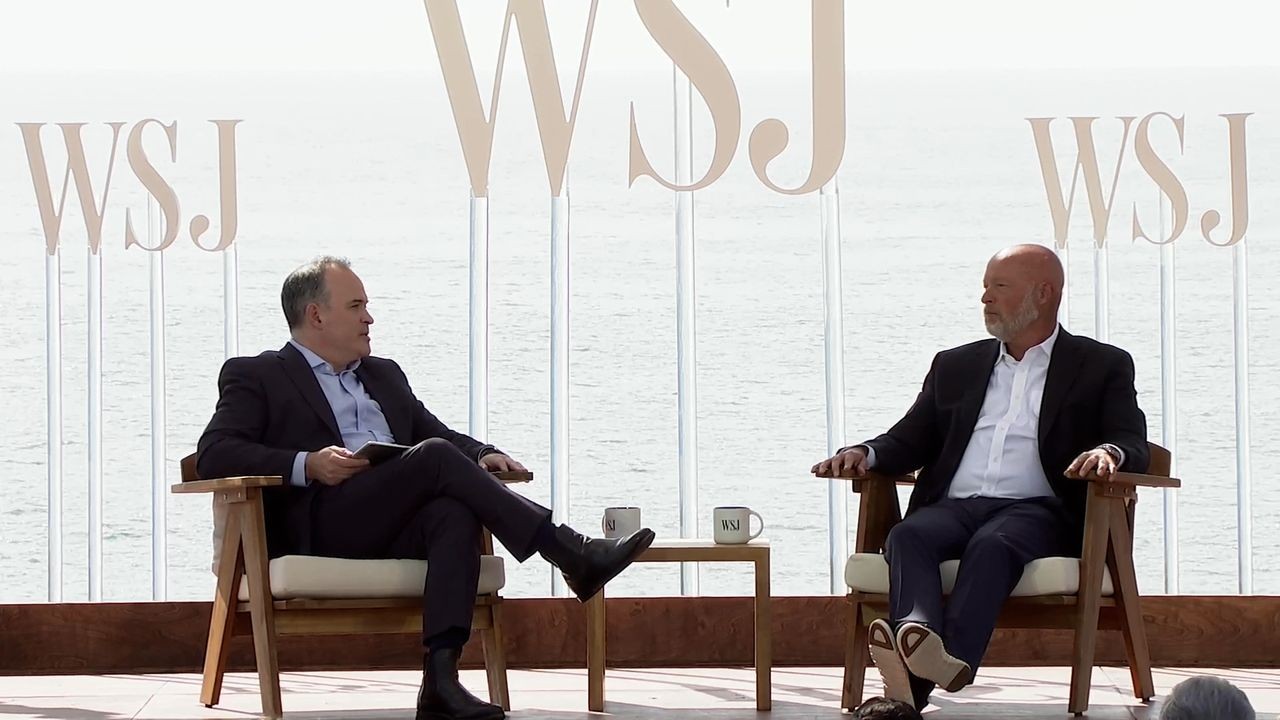
Also read: 5 Reasons Walt Disney Secretly Hated Disney Animated Films
However, the corpus of animation is a separate entity in itself and Disney reigns supreme over the genre as its sole crown prince. Disney’s identity relies on the production, promotion, and propagation of a more animated oeuvre, and Bob Iger’s regime can hopefully reorient the digressed and scattered focus from his predecessor’s era to deliver a roster that is finally acceptable without controversy.
Source: Matt Braly

